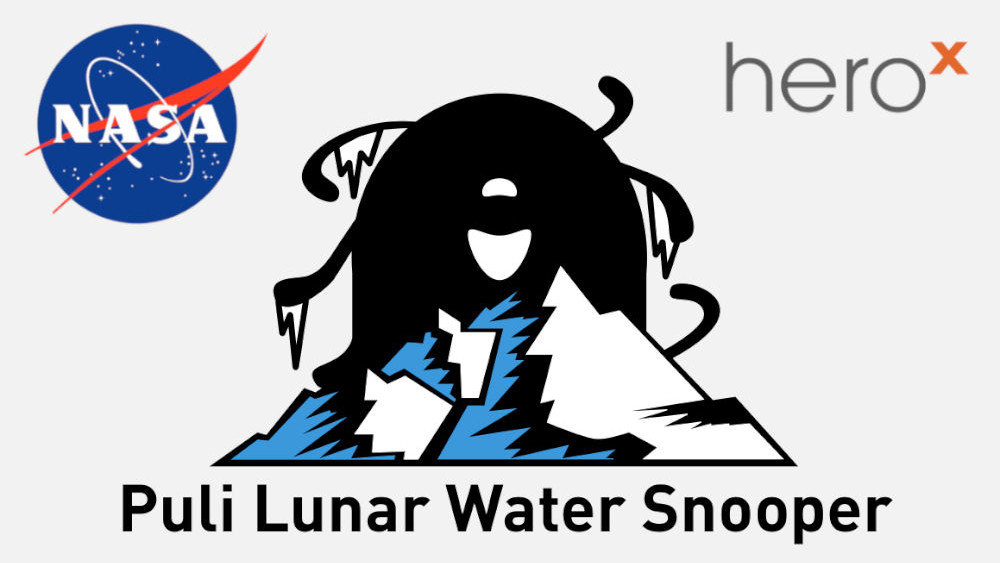
The private lunar industry is bigger – and growing faster – than we might realize. In the last ten years, millions of dollars of private investments have been made, most of the investments going to companies working on transportation (think rovers and landers). Eventually, if not already, other interests will emerge that will center around resource mining and habitat building, but at present, at least $781 million has been sunk into what some are calling the coming “Moon economy.”
Back in 2010, a company was founded in Hungary that sought to become part of that economy. It started by developing a low cost, lightweight, planetary rover platform that could carry payloads and a neutron spectrometer instrument to explore water resource on the moon, all while surviving the harsh lunar environment. The company’s first payload on the Moon was the Spacetime plaque, a Hungarian time capsule on Earth and on the Moon at the same time, and an eternal memory for the “Mighty Magyars,” the Hungary national football team of the 1950s. The plaque was delivered to the surface of the Moon in 2022 onboard the Peregrine lunar lander of US-based company Astrobotic Inc.
The company had been already noticed two years before. In 2020, NASA Jet Propulsion Laboratory challenged innovators around the world to propose miniaturized payloads no larger than a bar of soap to make lunar exploration in the near future using micro-rovers more effective. NASA received 132 entries from 29 countries in two categories, and our Hungarian company took first place in the Lunar Resource category with its miniature payload looking for water ice on the Moon. The following year, the company won second place in NASA’s, “Honey, I Shrunk the NASA Payload, The Sequel” challenge with an innovative miniature lunar neutron spectrometer payload able to map water ice resources on the Moon. During the one-year development period. NASA provided $225,000 in funding, as well as technical expertise to support the development of the payload.
We’ve been coy about naming the company to increase dramatic effect (did it work?): Puli Space Technologies. We’ve reached out to the company to inquire about its name, but that it’s related to the breed, the Hungarian Puli, seems a reasonable conclusion given the company’s logo for the Puli Lunar Water Snooper payload:

In fact, the company logo also includes the Puli:

We came across this marvelous image which we don’t have permission to use, but you can read more about this innovative company here. We feel sure most of their ideas have been inspired by a team of Pulik. Just saying.
As for our image at the top, it’s what an AI generates when instructed to create a dreadlocked dog drinking water on the surface of the moon.
